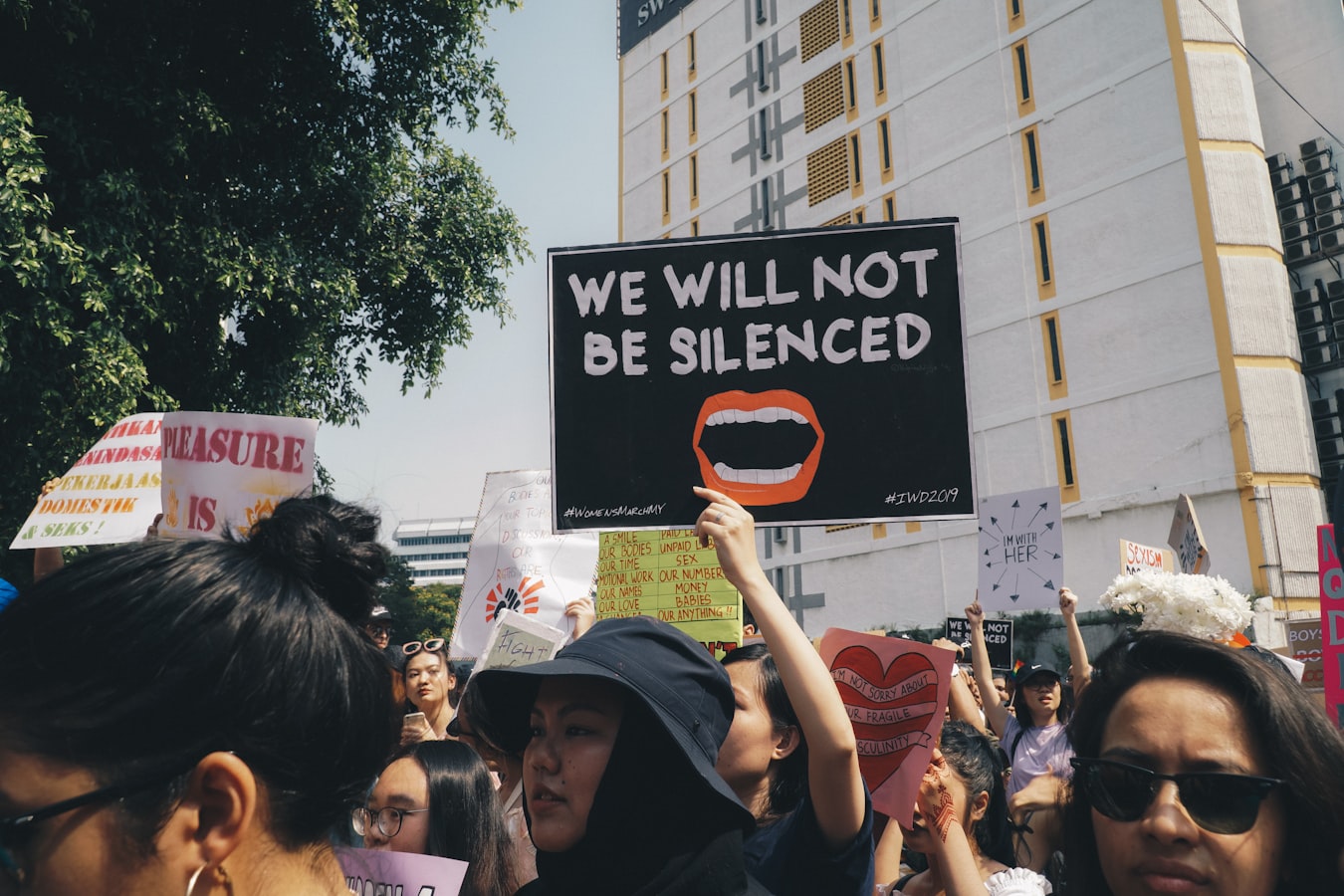
Back in the pre-digital age, it was easier to be part of a controversial matter without having it permanently displayed for the world to access. Now it’s 2019 and the times are changing, and those changes are bringing a culture shift full of new opportunities, responsibilities, risks, and repercussions. With an increasingly opinionated and socially and ethically divided society, as well as a plethora of data easily accessible through a touch of a button or a quick online search, internet users are less forgiving and will not give a second thought to calling out inappropriate behavior. Protests are no longer limited to poster boards and marches. A new time has come for users to engage in a form of digital activism the internet likes to call “cancel culture.”
What is cancel culture?
Digiday defines cancel culture as “a cultural, and perhaps financial boycott of any person, phrase, brand, company or concept that’s made a mistake.” They also state that a mistake may be monumental, or it may be of smaller proportions, but because of the expansive reach of digital platforms, all it takes is a bit of self-policing and passionate advocates to start a movement that can have huge implications on an individual or brand.
Mistakes don’t even have to be mistakes. As long as a group of people is in disagreement with an action taken, a statement made, or a value that goes against their own, people will find a way to try and cancel them. Fueled by anger, the power of mob mentality is strongly apparent.

So why should marketers care about being “canceled”?
As a digital social movement, cancel culture has the potential to spread like wildfire but does it truly damage a brand’s image? According to Digiday, it’s up to the brand to decide whether those who are angry and trying to tarnish your image are people who matter to your brand. Essentially, it comes down to whether your current or desired target audiences are the ones “canceling” your brand or not.
An example of this is the backlash that Nike faced when launching an ad campaign that featured Colin Kaepernick. This infuriated a portion of their consumer base that held politically opposed views than those that Kaepernick stands for. Besides declaring that the brand was canceled for those who were against the use of Kaepernick in the campaign, some consumers went as far as creating content that was published on social media platforms featuring the destruction of Nike products. Their outcry gained traction on social media and became viral leading to extensive media coverage regarding the issue. However, this did not have the desired “canceled” effect on sales, due to the fact that the inclusion of Kaepernick was a move that was backed by the bulk of consumers that mattered the most to Nike: progressive, younger consumers. In fact, Nike earned $6 million dollars through that ad as a response made to counterstrike those who were against the campaign.
In some cases, cancel culture can have a positive impact if successful by driving change and addressing important issues like racism, sexism, harassment, and more.
When it comes to a “canceling” crisis it’s important have proactive and reactive measures to rely on. As a proactive method, brands must focus on building steady foundations through meaningful relationship building with their most valued consumers.
Sources: digiday.com / vox.com

